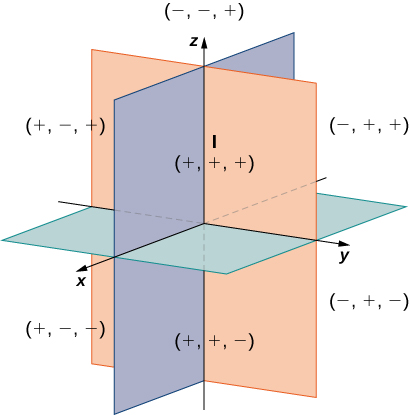
What would a large number of agents could search for paths and move without colliding and without intersecting with each other. We also want to introduce a local avoidance mechanism.those obstacles that move, change size, shape, and so on. In the future, we want to introduce support for full-fledged dynamic obstacles, i.e.Now we will tell a little about our plans for the future. If you have any questions - write us an email, or ask a question directly on the forum.Īlso, you can try PathFinder 3D in action! Demos availible here. If you are interested, you can go to the asset store page. Thanks to everyone who read this post, we hope you were interested in learning about our product! More information about all the possibilities, as well as about the use of an asset, you can read in the user's guide. (without jerks and expectations when rebuilding the trajectory) We even have a tool for smooth pursuit of moving targets. So building game scripts with bots will not present any major difficulties. We also have a means to move along the paths found.These methods give the found trajectories a more natural look. Also in the asset there are built-in tools for smoothing and optimizing the found trajectories.Thus, the process of finding a path can be performed even on changing scenes. Deleting objects from a space graph in real time is also possible. Any objects that appeared on the scene after the start of the game can also be asynchronously handled during the game and entered into the space graph.But for procedurally-generated worlds, our asset is also suitable. With the correct settings, this process does not last long and may well be included in the level loading process.


The obstacles of the scene are processed at the time of the start of the game. It is enough that the game object has a mesh of sufficient size and a special tag, or mesh collider. Obstacles can be any game objects of your choice.All the major algorithms of our asset are implemented using multi-threading, so the frame rate should not be lost under any usage scenarios.The second will give an advantage in search speed compared to the first on cramped scenes with a maze configuration. The first algorithm is suitable for use in open spaces, i.e.


 0 kommentar(er)
0 kommentar(er)
